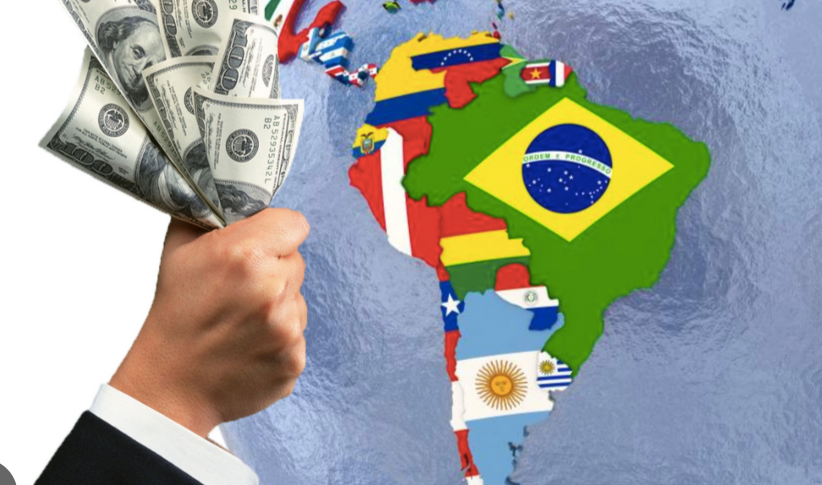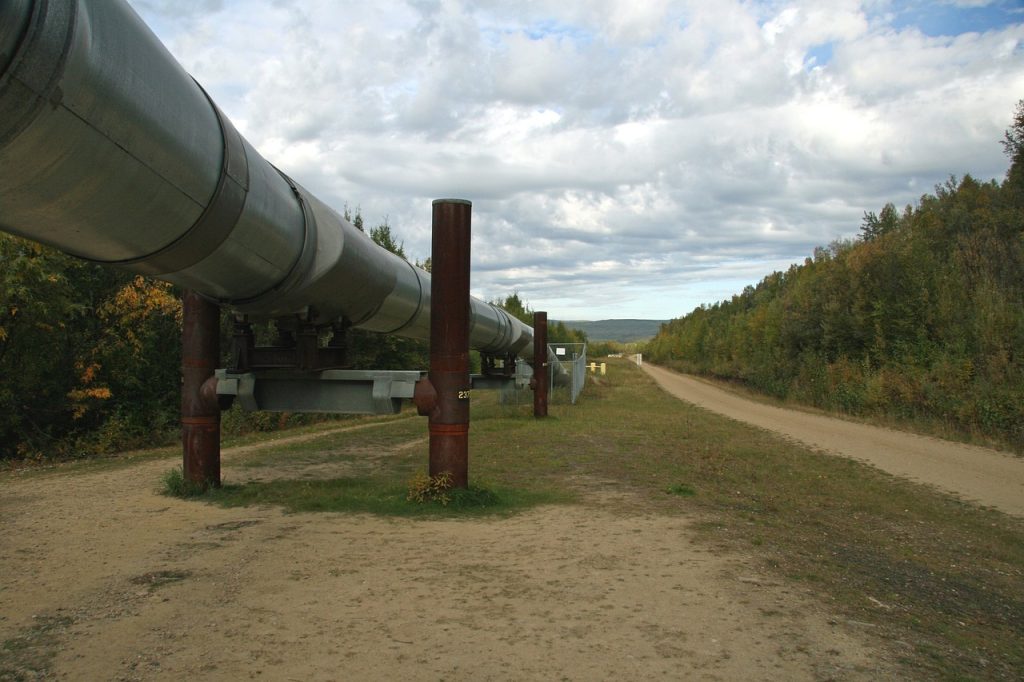Panama Canal 2.0? South American Nations Push for Bi-Oceanic Gas Pipeline
“Within 30 years, this network will be fully developed in every sense, with gas flowing in all directions."

Quick overview
- Brazil and Argentina are the leading gas exporters in Latin America, with significant growth expected in their Campos, Santos, and Neuquén basins.
- Argentina's Vaca Muerta shale formation is projected to produce 190 million cubic meters per day by 2030, while Brazil's pre-salt fields are also set to increase gas output.
- Paraguay is proposing a bi-oceanic gas pipeline, likened to the 'next Panama Canal', to enhance regional gas distribution and meet Brazil's industrial demand.
- The pipeline project faces regulatory challenges, but aims to position South America as a global powerhouse in energy and critical resources.
At the X Energy Seminar, organized by the Latin American Energy Organization (Olade), Brazil and Argentina took center stage as the region’s two main gas exporters.

The areas with the strongest growth prospects are Brazil’s Campos and Santos basins, and Argentina’s Neuquén basin.
In Argentina’s case, the Vaca Muerta shale formation is projected to reach a production level of 190 million cubic meters per day (m³/day) by 2030, with an additional 130 million m³/day allocated for LNG exports, according to Olade consultant Esteban Kiper.
In Brazil, the pre-salt fields also hold significant potential, already supplying large volumes of gas alongside crude oil production. One of the newest developments is the Raia project, which, once it clears final investment approval, could add about 18 million m³/day to Brazil’s network by 2030. Similarly, Sergipe Deep Waters, located in the Sergipe-Alagoas basin (SEAL), is expected to contribute 16 million m³/day.
While Brazil and Argentina signal growth, Bolivia shows a declining production trend over the next five years.
The Next “Panama Canal”
Paraguay’s Director of Hydrocarbons at the Ministry of Energy, Julio Albertini, underscored the strategic importance of building a bi-oceanic gas pipeline, which he described as the next “Panama Canal” for Latin American gas.
“Within 30 years, this network will be fully developed in every sense, with gas flowing in all directions,” Albertini said.
He emphasized that the project would enable gas injection into Chile and transportation all the way to São Paulo. The pipeline’s primary goal is to meet Brazil’s massive demand: “Brazil’s industrial sector is a continent on its own,” Albertini noted.
However, the network faces regulatory hurdles. To address these, Paraguay is analyzing frameworks used by Argentina, Chile, and Brazil as potential models.
Albertini also stressed that the project aims to strengthen the region’s global positioning: “South America and Latin America will become a new world powerhouse in energy, food, and critical minerals.”
- Check out our free forex signals
- Follow the top economic events on FX Leaders economic calendar
- Trade better, discover more Forex Trading Strategies
- Open a FREE Trading Account